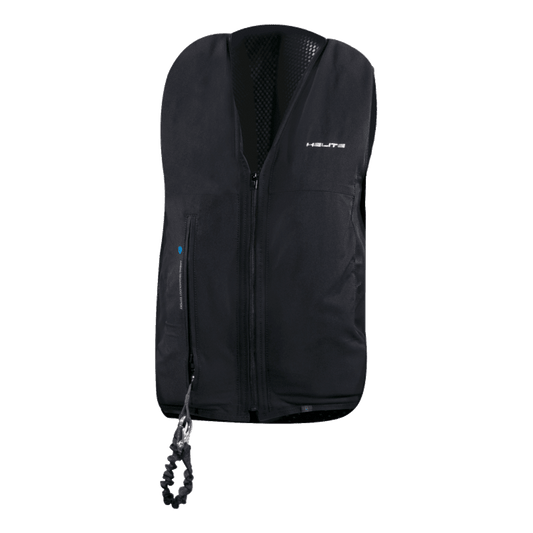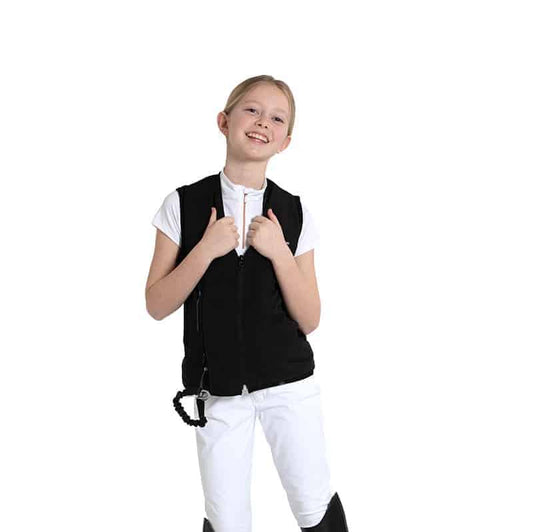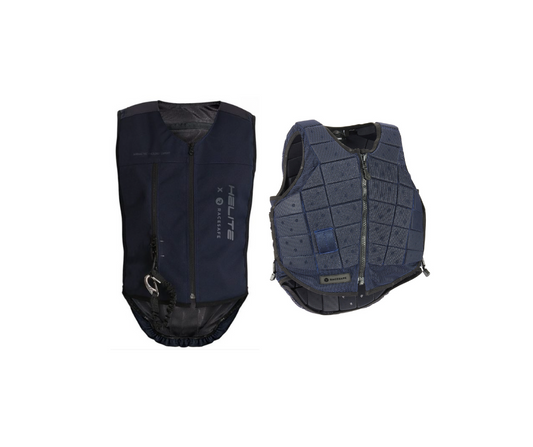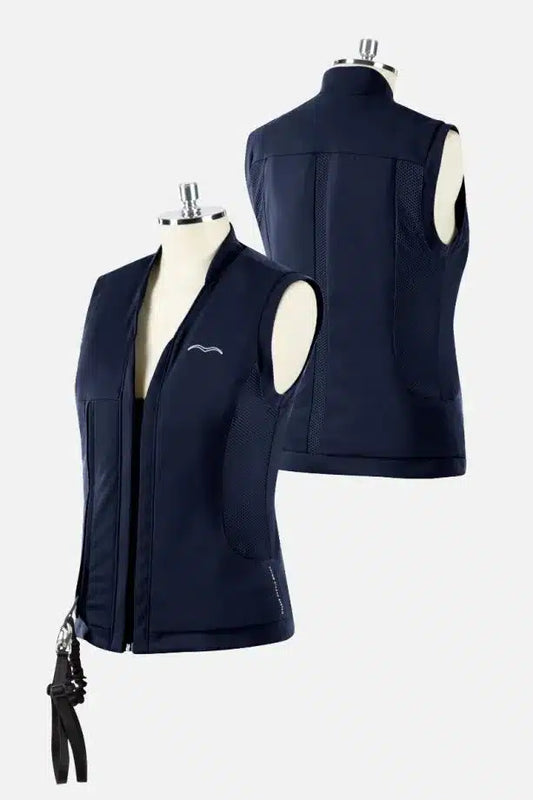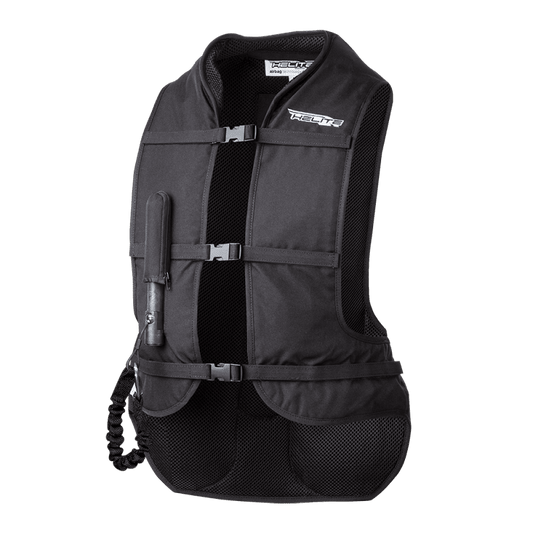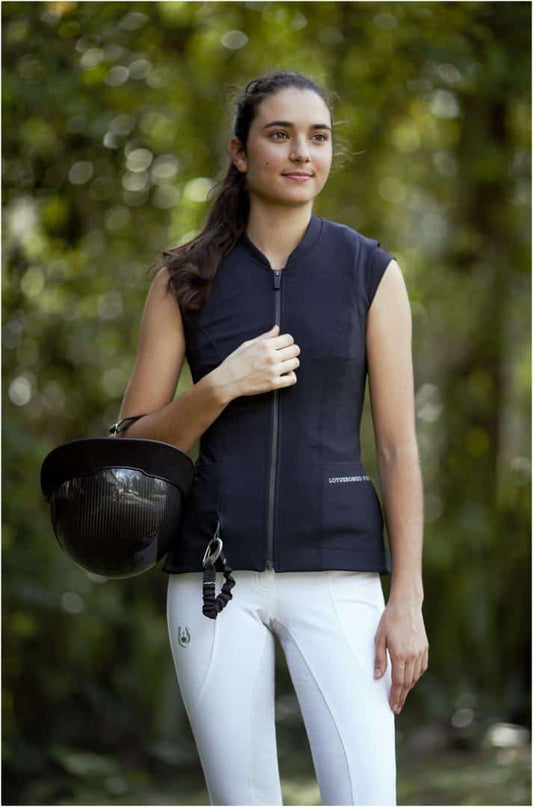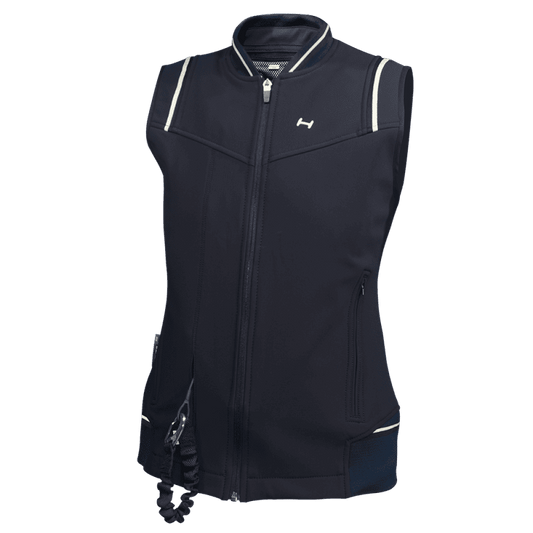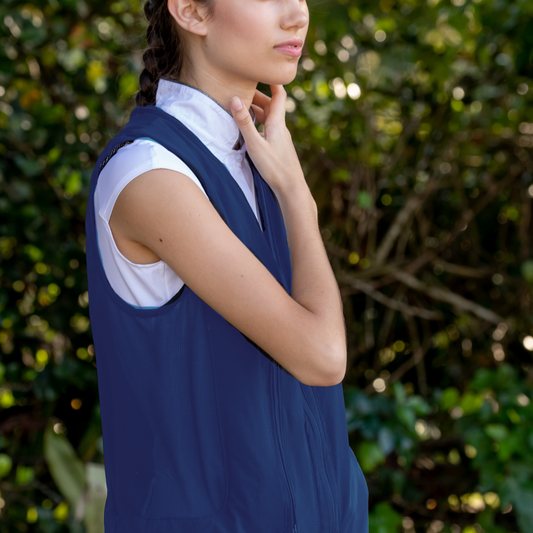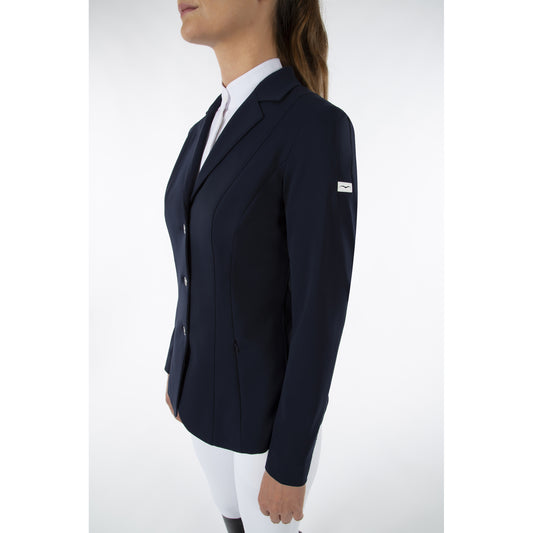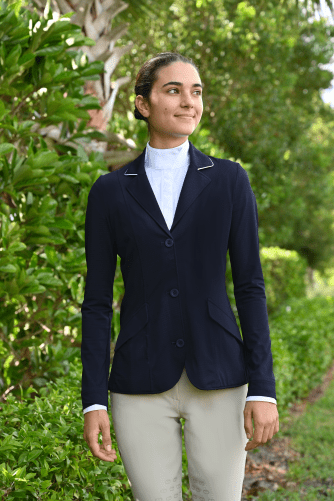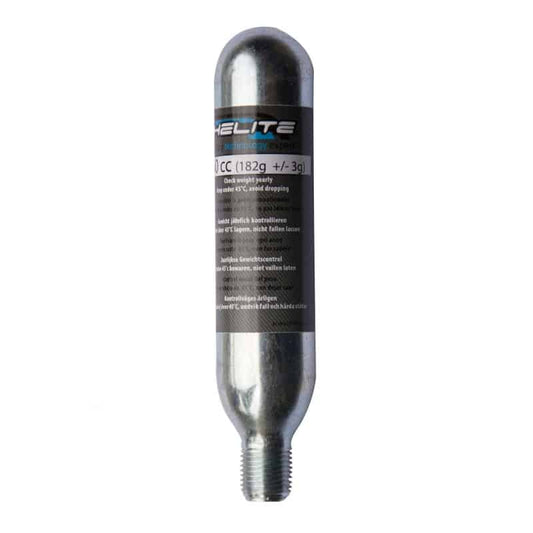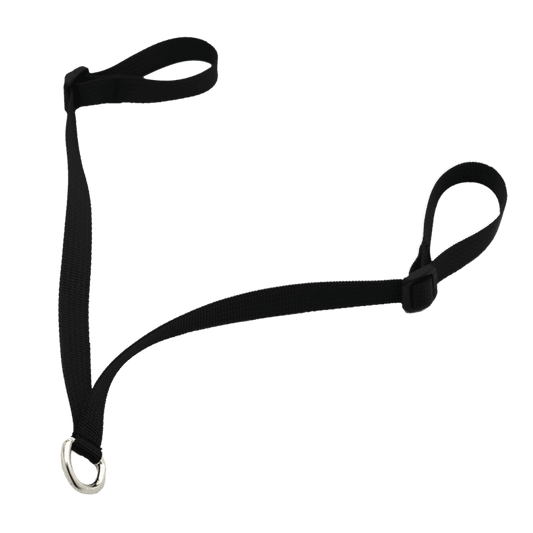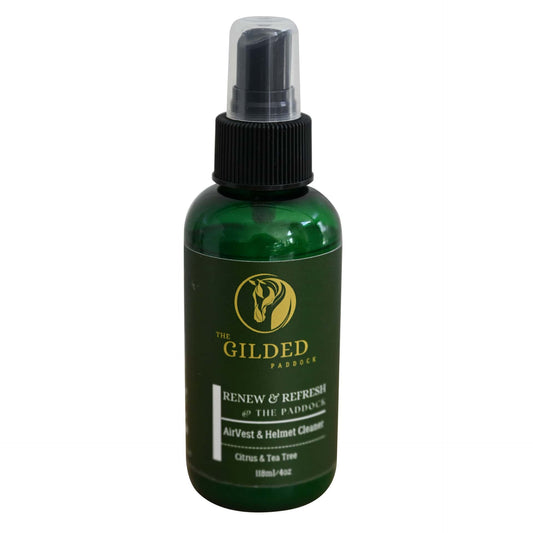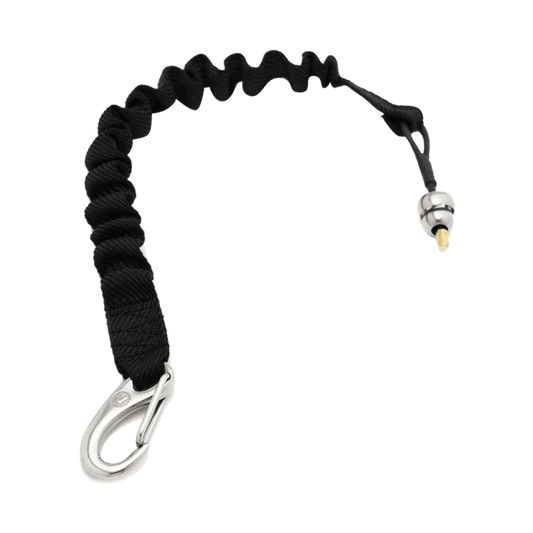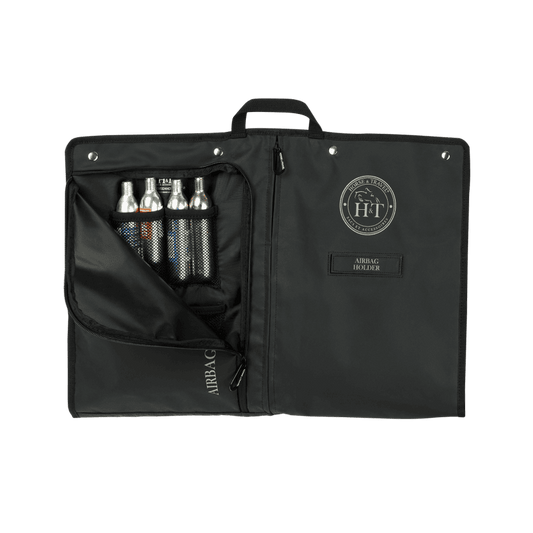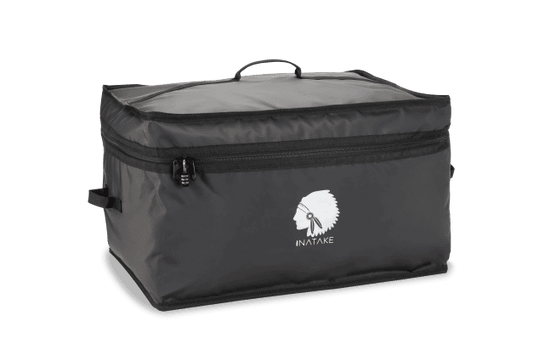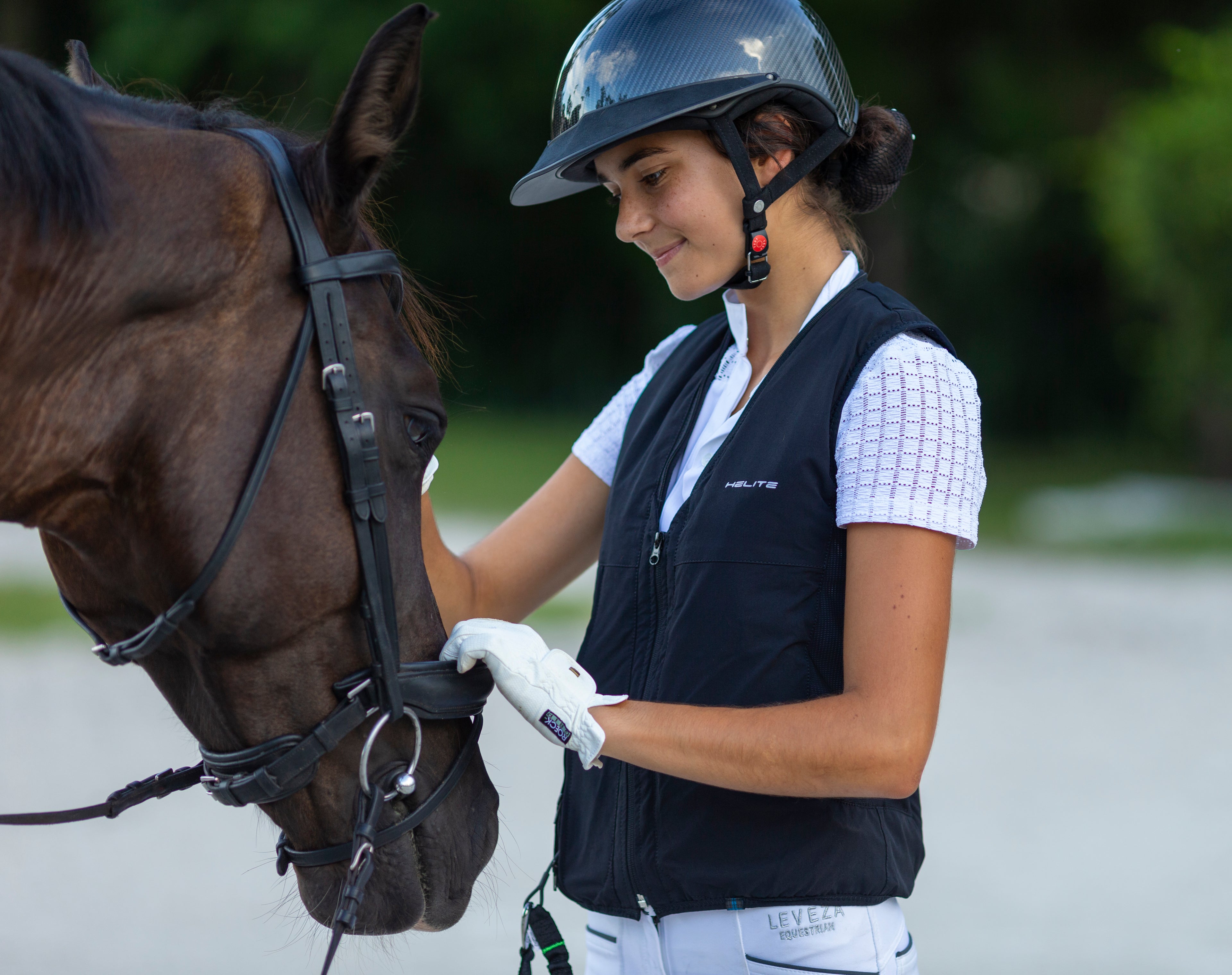

Our Expertise
Learn MoreOur Story
Learn More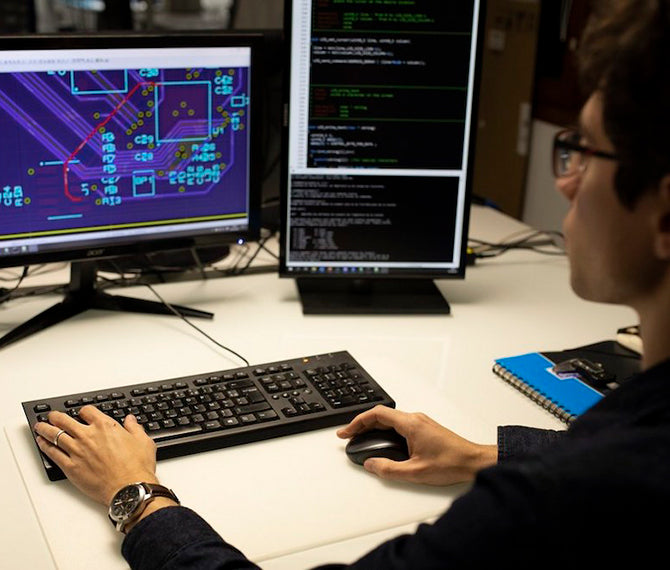
Our Technology
Patented technologies and unique know-how that we have been developing since 2002.
Our Commitment
-
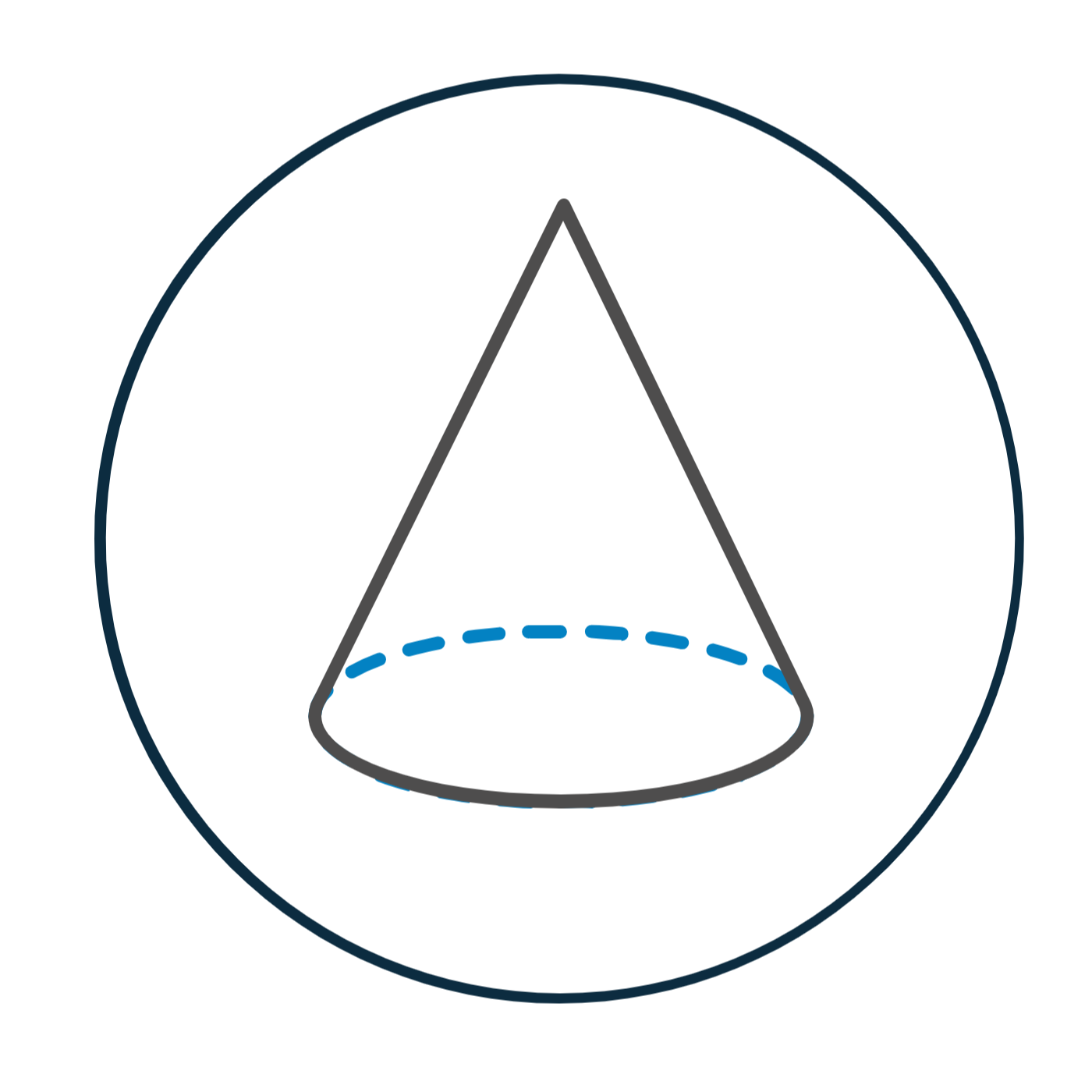
Maximum protection
Helite airbags offer up to 28L of protection, adapting to rider size while shielding the neck, spine, chest, and hips with full-body stabilization.
-
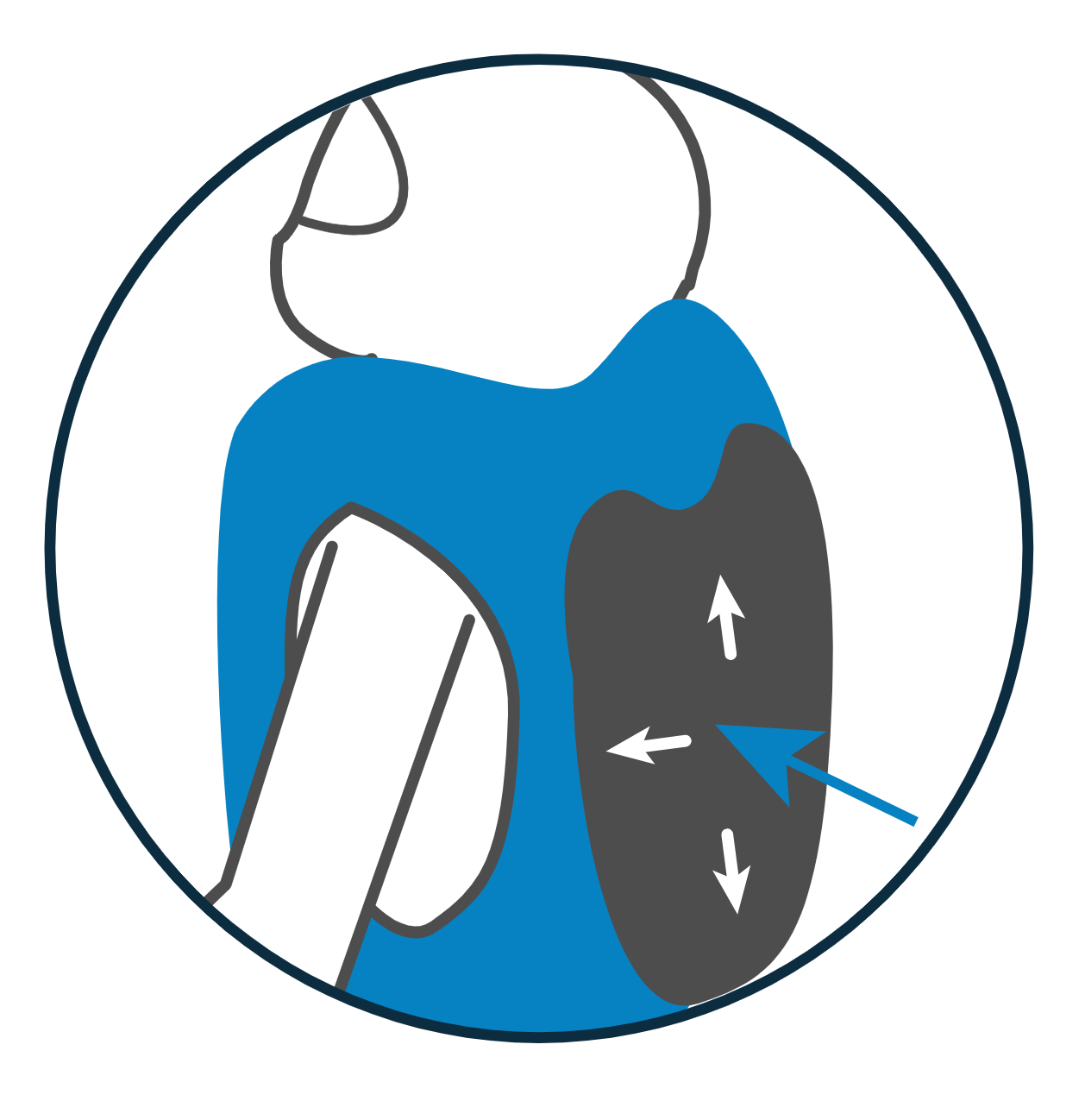
Innovative Technology
Since 2002, Helite has developed patented technology to deliver top protection across motorbike, equestrian, senior, and urban mobility.
-
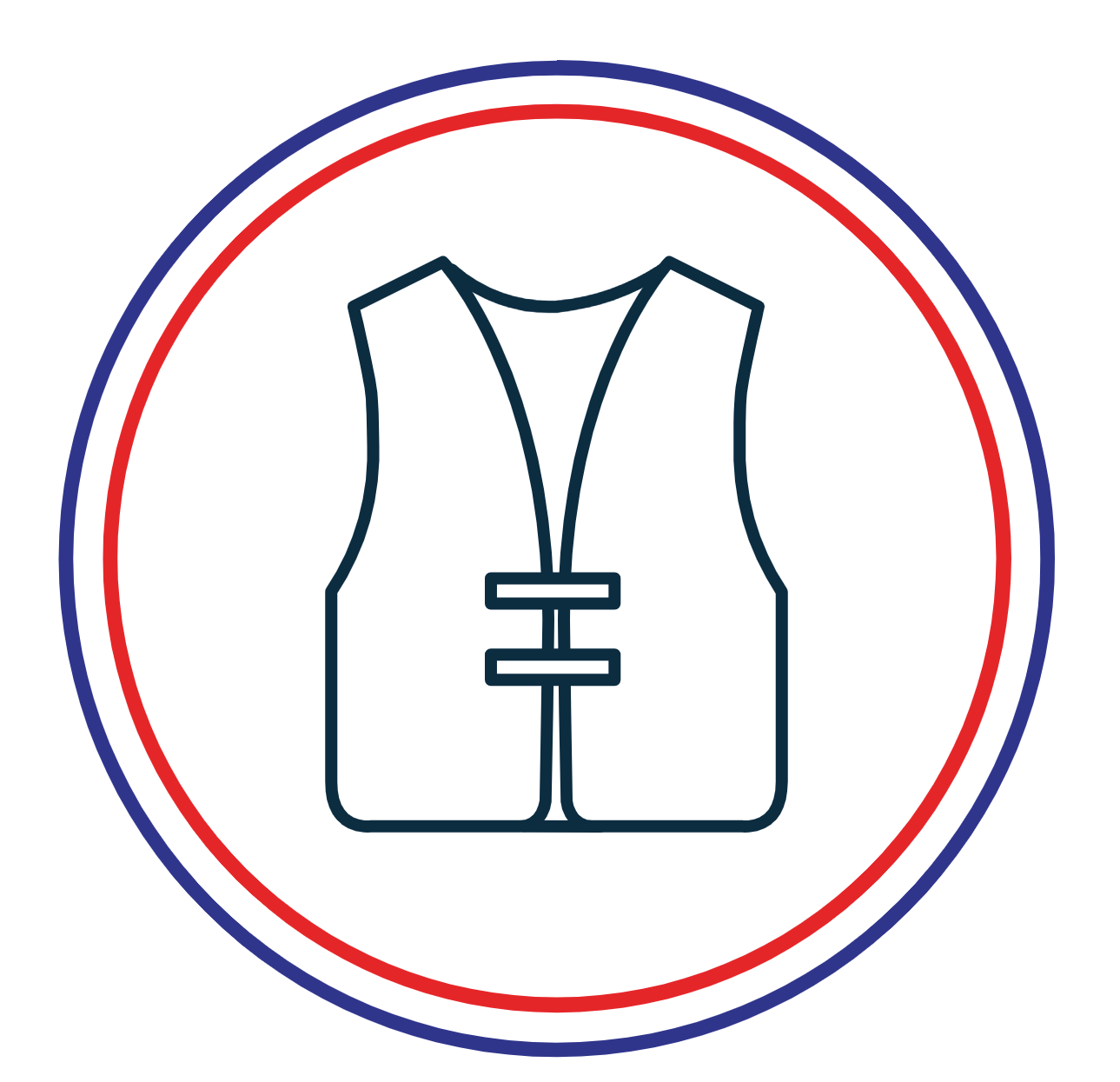
Made In France
All Helite airbags are proudly designed, tested, and made in Dijon, France—ensuring top quality, innovation, and local expertise.
-
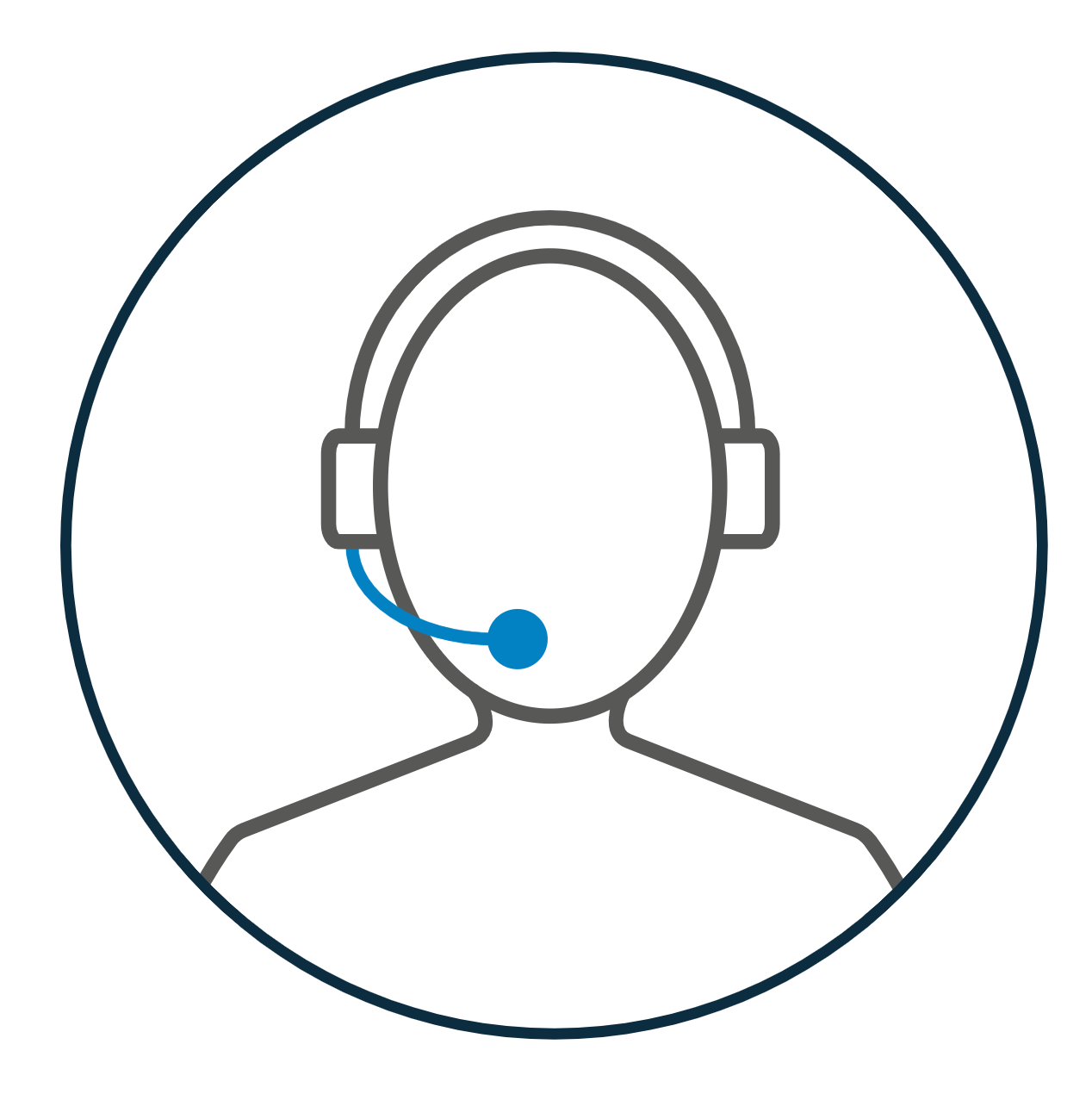
True Customer Service
With 20 years of expertise, Helite prioritizes customer service—offering expert guidance, support, and repairs when you need them.
-
ZIP IN 2 AIRBAG VEST
Regular price $759.00Regular priceUnit price / per -
ZIP IN 2 AIRBAG FOR KIDS
Regular price $759.00Regular priceUnit price / per -
RaceSafe Airbag + Body Protector Bundle
Regular price From $1,024.00Regular priceUnit price / per -
Animo LI-Tech Air Vest
Regular price $919.00Regular priceUnit price / per -
AIR JACKET AIRBAG
Regular price $598.00Regular priceUnit price / per -
AIR JACKET AIRBAG CHILD
Regular price $598.00Regular priceUnit price / per -
 Sale
SaleNavy blue Zip In
Regular price $829.00Regular priceUnit price / per$949.00Sale price $829.00Sale
Zip-In Compatible Outers
Equestrian riding apparel & airbag-compatible riding apparel
-
H Show Jacket
Regular price $380.00Regular priceUnit price / per -
Prestige Vest
Regular price $280.00Regular priceUnit price / per -
Navy Airbag Cover
Regular price $190.00Regular priceUnit price / per -
H Show Jacket for Men By Lotus Romeo
Regular price $380.00Regular priceUnit price / per -
 Sale
SaleNavy blue Zip In
Regular price $829.00Regular priceUnit price / per$949.00Sale price $829.00Sale -
LUD Show Jacket
Regular price $916.30Regular priceUnit price / per -
The Mandy Sweater
Regular price $200.00Regular priceUnit price / per$200.00Sale price $200.00 -
Lisa H Show Jacket
Regular price $449.00Regular priceUnit price / per -
AIRJUMP SHOW JACKET
Regular price $534.00Regular priceUnit price / per
Accessories
-
Helite CO2 Cartridge
Regular price From $32.00Regular priceUnit price / per -
SADDLE STRAP
Regular price $18.00Regular priceUnit price / per -
Renew & Refresh Vest Spray
Regular price $20.00Regular priceUnit price / per -
EQUESTRIAN AIRBAG LANYARD
Regular price $78.00Regular priceUnit price / per
Travel & Storage
Equestrian storage & travel gear
-
Airbag Holder
Regular price $75.00Regular priceUnit price / per -
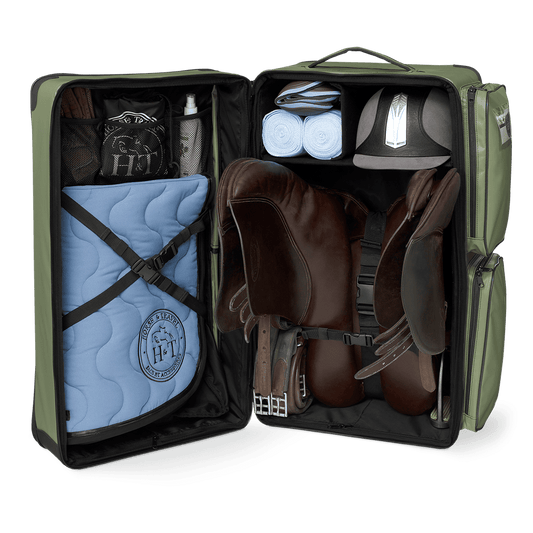 Sold out
Sold out -
Blanket Bag
Regular price $100.00Regular priceUnit price / per
Our Industry Partners


















Book a Fitting or Presentation
We come to you to show you our airbags in action. Whether it is a personal fitting or a presentation for your barn or team we will be there.
Testimonials
-
Mlle Poney - Equestrian Blogger
"A little fall last night... No boo-boo! My Helite vest in action played its role as guardian angel! Well, on the other hand I broke my whip."
-
Lexie Loher
"I hit the rails and the ground very hard and am still really feeling it 2 days later still. However, everything from the waist up is PERFECTLY FINE! My vest popped as I hit the jump and protected my spinal cord, for which I am EXTREMELY grateful!"





